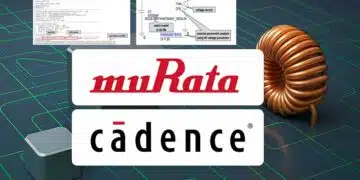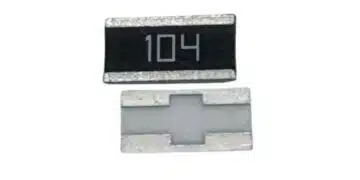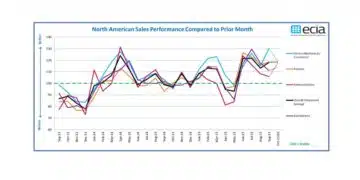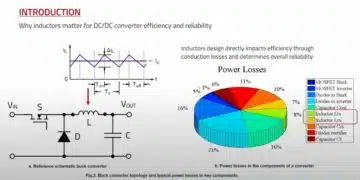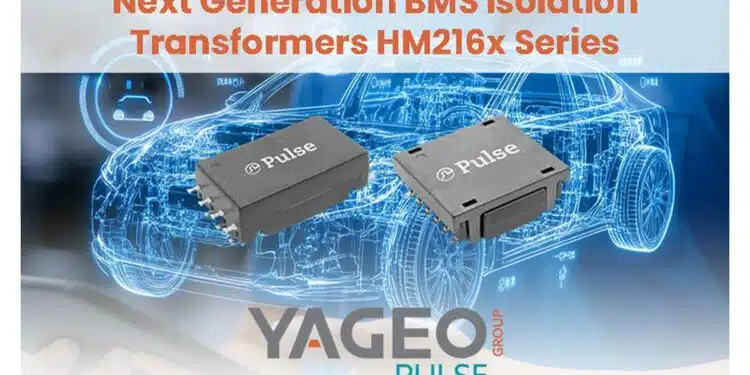YAGEO Group unveils next-generation high-isolation BMS transformer series tailored for advanced battery management systems.
YAGEO Group, a global leader in electronic component solutions, proudly announces the launch of its groundbreaking new generation of High-Isolation Transformers designed specifically for Battery Management System (BMS) applications.
The HM216xNL series sets new industry benchmarks in safety, performance, and efficiency, catering to the evolving demands of electric vehicles (EVs), energy storage systems, and renewable energy sectors.
The HM216xNL series is meticulously engineered to meet stringent safety standards, fully compliant with IEC61558 and IEC62368 certifications. This innovative series adheres to the latest functional and basic insulation requirements, supporting up to 1000V peak working voltage with an exceptional 4300Vdc isolation. These features make it an ideal choice for high-voltage applications requiring robust protection and operational reliability.
Key Features and Benefits:
- Compact, Low-Profile Design: Less than 6mm height, optimized for space-constrained automotive applications.
- Enhanced Quality & Reliability: Manufactured through an automated process line, ensuring consistent product excellence.
- Superior Safety Standards: Surpasses IEC/UL 10mm creepage distance requirements for 1000Vdc working voltage within a compact footprint.
- Flexible Configurations: Available with or without chokes and center-tapped windings, seamlessly matched to leading BMS cell and stack monitoring silicon ICs.
- High-Volume Production Ready: Supplied in tape and reel, compatible with HM2106NL and HM2108NL for easy drop-in replacements.
- Robust Operating Range: Functions reliably across a wide temperature spectrum from -40°C to +125°C.
- Soldering Resilience: Supports peak reflow soldering temperatures up to 260°C.
- Automotive Grade Certification: Fully qualified to AEC-Q200 and compliant with IATF16949 standards.
Designed for Versatile Applications:
- Battery Management Systems (BMS)
- Energy Storage Systems (ESS)
- Electric and Hybrid Vehicles (EV & HV)
- Renewable Energy Installations / Smart Grid Infrastructure
The HM216xNL series is a testament to YAGEO Group’s commitment to advancing high-reliability components for the rapidly growing electric and renewable sectors. Our focus on stringent safety standards and flexible design options ensures that our customers receive state-of-the-art solutions tailored to their specific high-voltage application needs.







